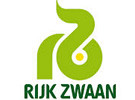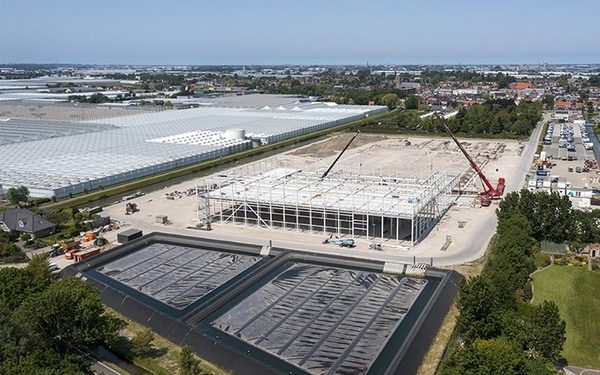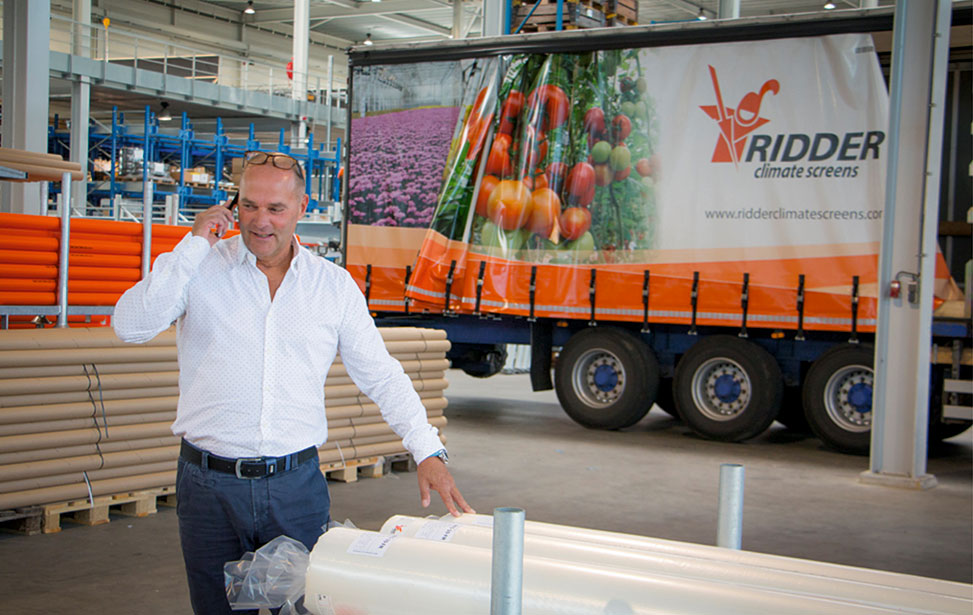As Rijk Zwaan continues to grow and innovate, the company is demonstrating its commitment to sustainability through the development of the Seed Connect Centre in De Lier. This state-of-the-art seed processing and storage facility not only enhances Rijk Zwaan’s operational capabilities but also sets new standards for environmental responsibility in the agricultural sector.
The Seed Connect Centre is designed to extract, clean, and prepare seeds for sale, with an integrated visitor area that allows Rijk Zwaan to showcase its processes. Central to the design of the new facility is a strong focus on minimizing environmental impact through energy efficiency, water conservation, and sustainable operations.
Energy Efficiency Initiatives
A significant component of the Seed Connect Centre’s sustainability strategy is its energy-efficient design. The facility will be equipped with solar panels on its roof, ensuring a significant portion of its energy needs are met through renewable sources. Additionally, the building is designed to be natural gas-free, aligning with broader environmental goals of reducing reliance on fossil fuels.
The Seed Connect Centre will utilize a thermal energy storage system, which, together with heat pumps, will provide sustainable heating and cooling. This system stores thermal energy – capturing heat in the summer and cold in the winter – in underground reserves located on-site, allowing the facility to maintain optimal temperatures year-round without the environmental impact associated with traditional heating and cooling methods.
Sustainable Water Usage
Rijk Zwaan’s commitment to sustainability extends beyond energy use to water management at the Seed Connect Centre. The seed extraction process is water-intensive, requiring over 200 cubic meters of water daily. To address this, a large water basin has been installed to collect rainwater from both the Seed Connect Centre and the adjacent greenhouses. This rainwater, once filtered, is repurposed for the seed extraction process, significantly reducing the facility’s reliance on external water sources.
In addition to this, Rijk Zwaan has implemented a system to store rainwater underground, with a current capacity of approximately 40,000 cubic meters. This reserve is particularly valuable during dry summer months, providing water for both seed extraction and irrigation, ensuring that the Seed Connect Centre remains operationally sustainable even in challenging weather conditions.
Conclusion
Rijk Zwaan’s Seed Connect Centre is a model of how agricultural facilities can incorporate sustainability into their design and operations. Through energy-efficient practices and innovative water management, the facility not only supports the company’s growth but also demonstrates a deep commitment to reducing its environmental footprint. This approach not only benefits the environment but also positions Rijk Zwaan as a leader in sustainable agriculture, setting an example for others in the industry to follow.
For more information:
Rijk Zwaan Burgemeester Crezéelaan 40
Burgemeester Crezéelaan 40
2678 ZG, De Lier
www.rijkzwaan.com










